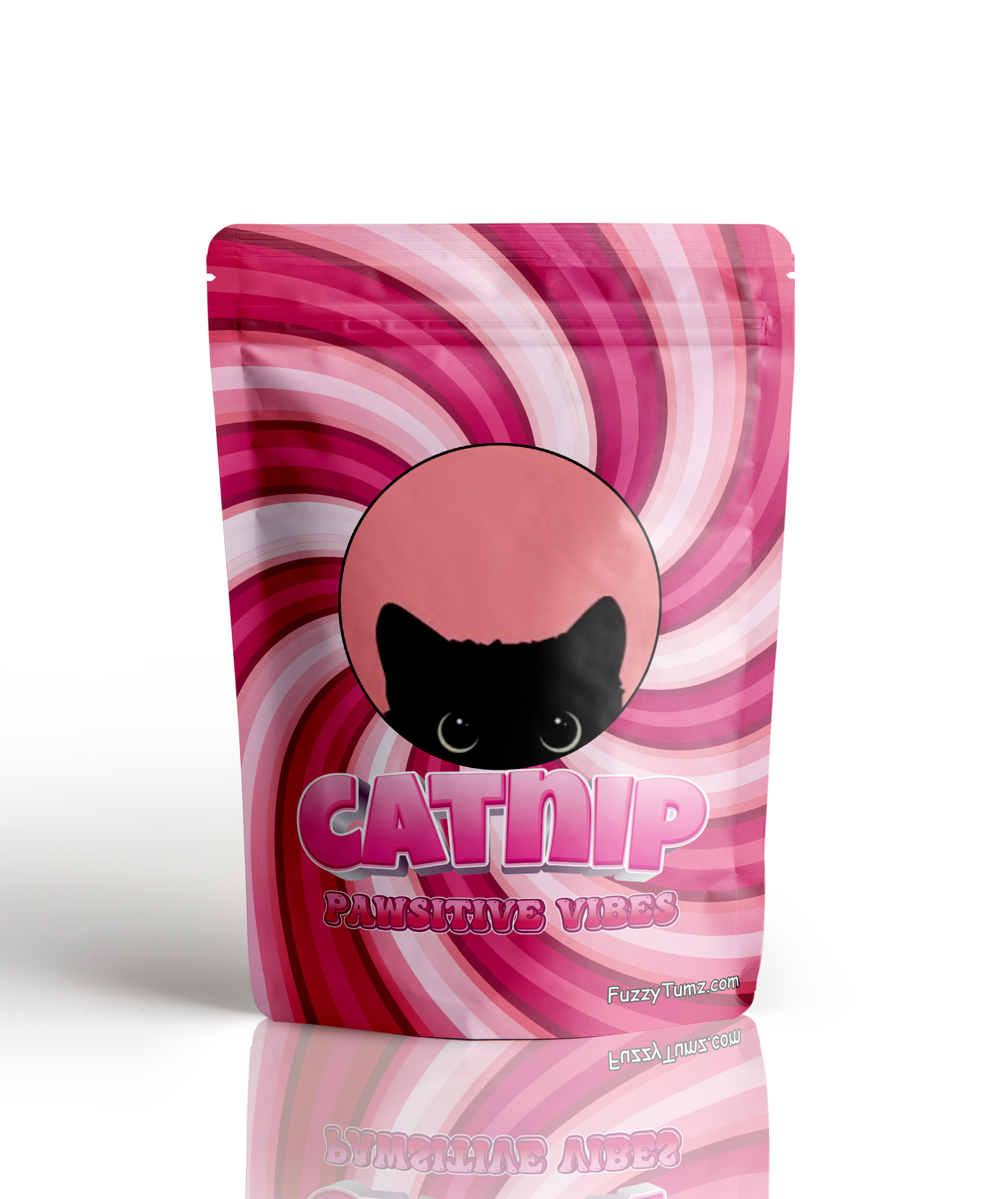Home » Cat Plants » What Makes the Flamingo Flower Plant Dangerous for Cats?

The Flamingo Flower (Anthurium) is a popular houseplant known for its glossy heart-shaped leaves and vibrant red or pink flower spathes. While beautiful, the Flamingo Flower is highly toxic to cats if ingested.
All parts of the plant contain insoluble calcium oxalate crystals which can cause severe irritation and injury to a cat’s mouth, throat, and digestive tract. Flamingo Flowers are commonly found as indoor ornamental plants.
Ingestion may cause mild gastrointestinal upset, but is generally not life-threatening.
Ingestion can result in mild symptoms like vomiting, diarrhea, or drooling. Rarely fatal but may require veterinary care.
Eating these plants can lead to more pronounced symptoms like abdominal pain, lethargy, or difficulty breathing. Veterinary intervention may be necessary.
Ingesting even small amounts can cause severe symptoms like organ damage, seizures, or cardiac failure without rapid treatment.
All parts of these plants are extremely poisonous to cats and can quickly lead to death, even with immediate veterinary care.
** Please note: Please note that toxicity level can vary based on the amount ingested and the specific cat. It's always best to keep these plants completely inaccessible to cats and seek immediate veterinary care or call the poison hotline if you suspect your cat has ingested any part of a toxic plant.
If a curious cat chews on or ingests any part of a Flamingo Flower, they may experience the following symptoms:
In severe cases, airway swelling can lead to difficulty breathing, which requires immediate veterinary attention.
If you suspect your cat has ingested part of a Flamingo Flower, contact your veterinarian right away. They will likely:
Your vet may diagnose Flamingo Flower toxicity based on the clinical signs and your description of any plants your cat may have accessed. Blood work and other diagnostic tests are usually not necessary.

A: Yes, cats can be allergic to Flamingo Flower. Symptoms of an allergic reaction may include itching, sneezing, and skin irritation.
A: Yes, Flamingo Flower, also known as Anthurium, is toxic to cats. Ingesting any part of this plant can cause symptoms such as vomiting, diarrhea, and drooling.
A: Symptoms of Flamingo Flower poisoning in cats include vomiting, diarrhea, excessive drooling, oral irritation, and difficulty swallowing. Immediate veterinary care is recommended if ingestion is suspected.
A: To prevent contact, ensure that Flamingo Flower is not present in your home or garden. Keep your cat indoors or monitor outdoor activities closely to avoid exposure.
A: If your cat ingests Flamingo Flower, contact your veterinarian immediately. Do not induce vomiting unless instructed by a veterinary professional. Immediate medical attention is necessary.
A: Yes, Flamingo Flower is commonly found in homes and gardens as an ornamental plant. It is important to ensure this plant is kept out of reach of cats to prevent accidental ingestion.
Flamingo Flowers are native to the tropical rainforests of Central and South America. They have been cultivated as ornamental plants since the late 1800s and are prized for their exotic appearance and long-lasting blooms. Today there are many cultivars available in shades of red, pink, purple, and white.
While undeniably beautiful, Flamingo Flowers pose a significant risk to cats and other pets. The calcium oxalate crystals they contain are a defense mechanism to deter herbivores from eating the plant in the wild. Unfortunately, this evolutionary adaptation makes them dangerous to our feline companions.
Please note: The information shared in this post is for informational purposes only and should not be considered as veterinary medical advice.
